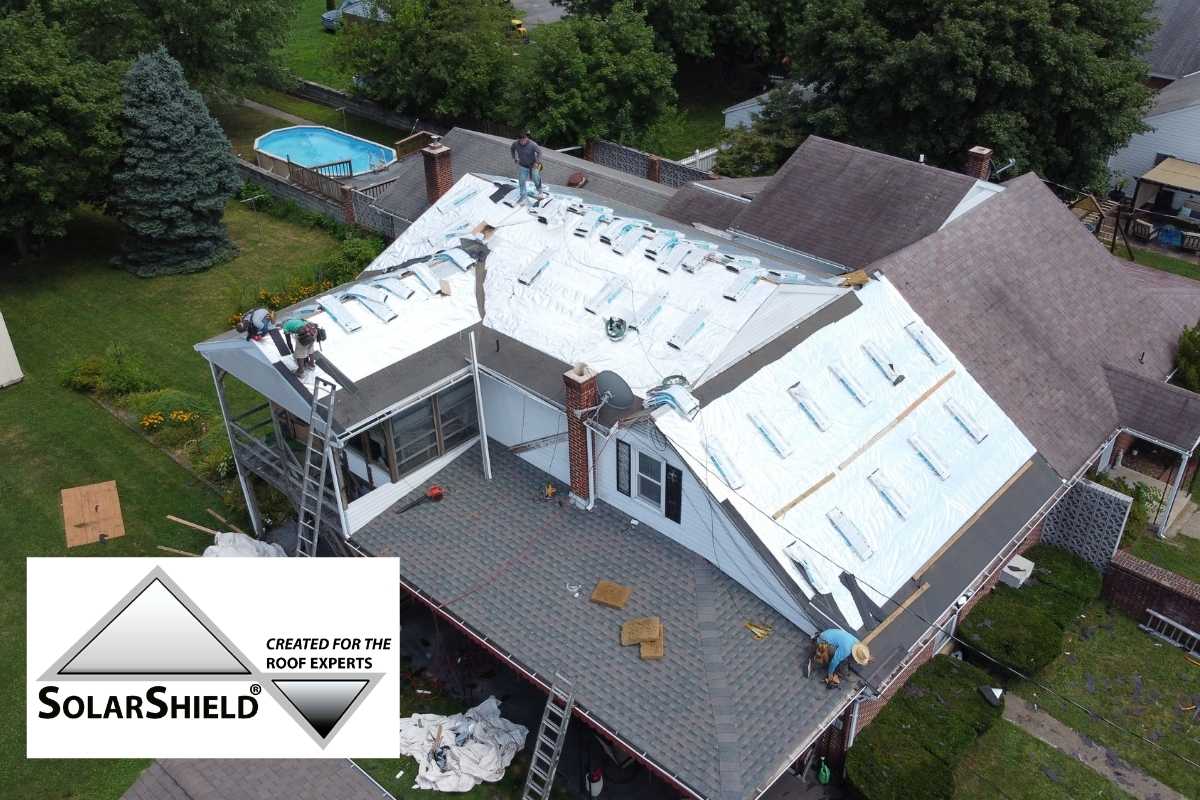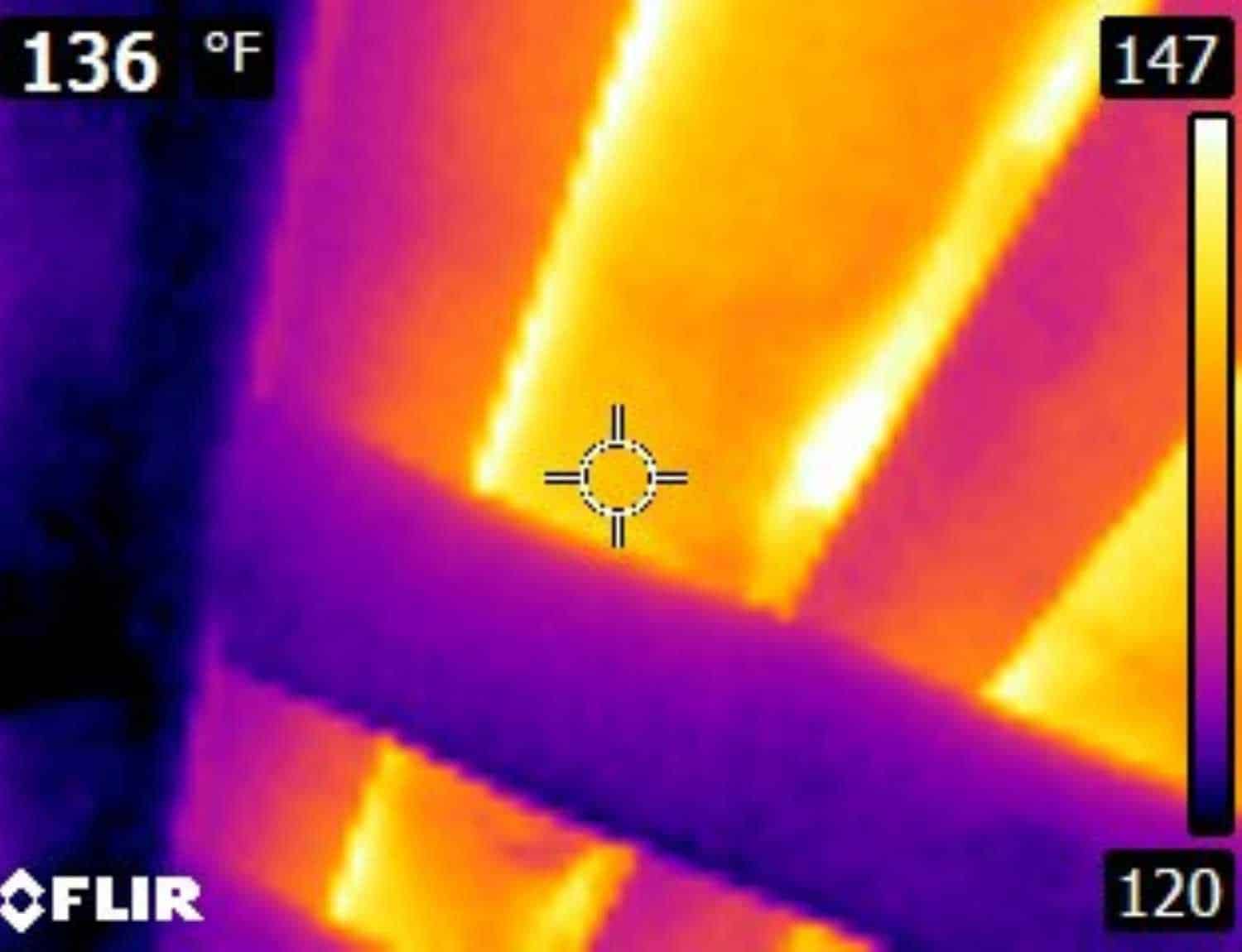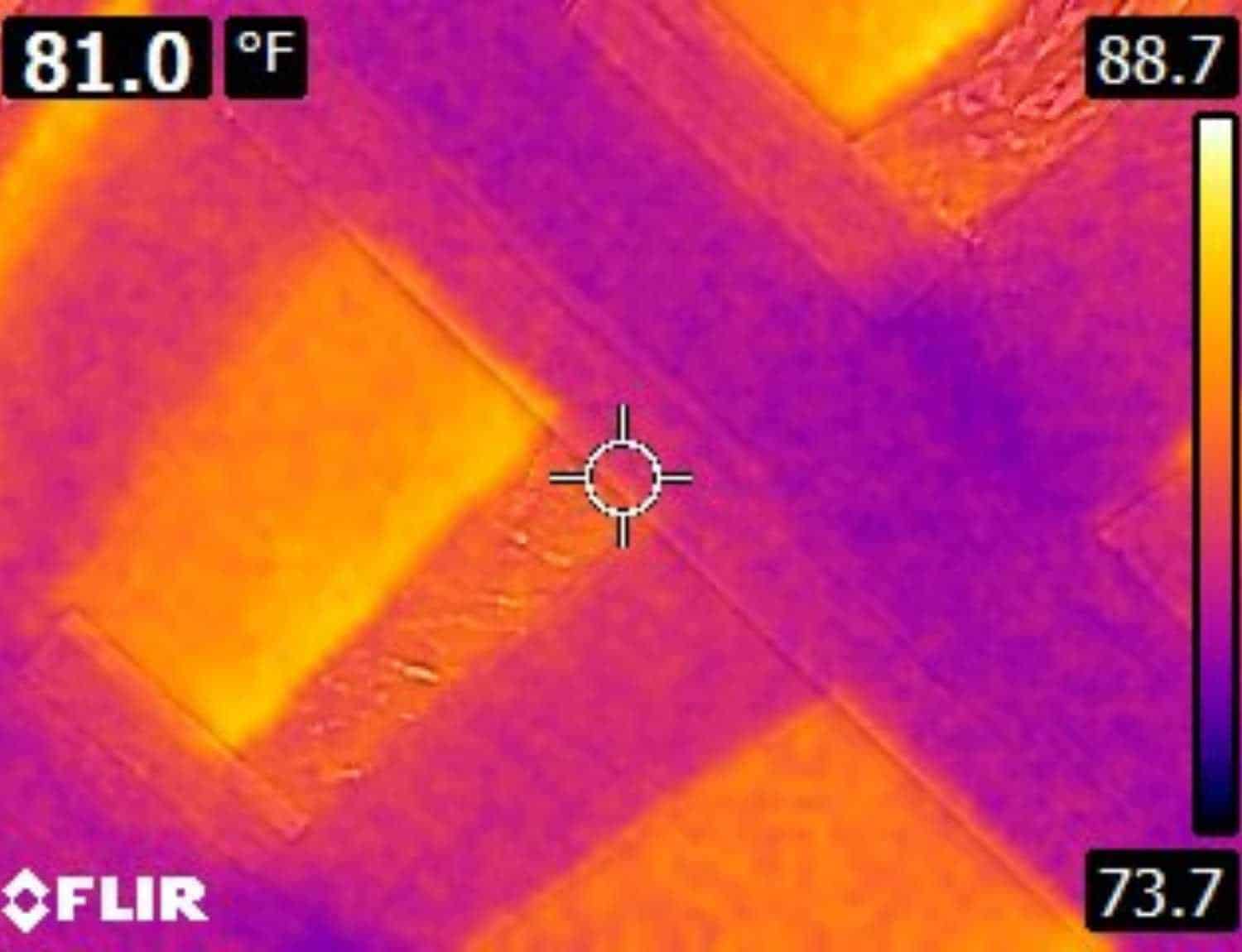What Are Energy-Efficient Shingles?
The intense heat of the summer sun can severely damage your asphalt roof.
Roofing materials expand as a result of the heat and then contract when they cool. This procedure can result in long-term harm that worsens as time passes. The sun’s UV rays can also harm roofs over time, causing the minuscule connections that keep tiles and shingles together to break away. The sun also heats the roof, increasing energy bills in the living area below. What precisely can the sun do to your roof? Let’s see.
Discover Exclusive Deals and Save Big Today!
Don’t let these incredible offers slip away! Explore our wide range of products and seize the opportunity to enjoy remarkable discounts while they last. Shop now and enhance your shopping experience with unbeatable savings!
Need Renovation Services?
Get A Free Quote
Roofing Replacement
UV Damage & Thermal Expansion
Ultraviolet radiation and thermal expansion are two ways that the sun can harm a standard roof. These elements are intertwined and work together to degrade asphalt shingles and raise your energy expenses.
Over time, increased UV exposure will result in the oily materials in the asphalt shingles evaporating away. This substance aids in waterproofing and keeping the shingles flexible. When it’s gone, the shingles will be less effective become brittle, and prone to cracking.
Thermal damage is linked to UV light. The shingles heat up as they absorb light energy. As a result, they heat up and cool down, causing them to expand and contract. Over time, these processes cause the shingles to lose their effectiveness.
If you have not invested in sufficient solar protection, these elements will almost certainly cause major roof damage. Here are some tips for preventing sun damage to your home’s roof, while also saving you money on your heating and cooling bills.

Energy Efficient Radiant Barrier
Taking time to improve your roof’s efficiency during a roof replacement is a smart idea. This is also the best time to improve the energy health of your home by upgrading your roof’s underlayment to SolarShield. As part of the exclusive Enfinity Lifetime Roofing System, SolarShield is a low-profile, medium-mass noise and thermal buffer with three thermally bonded, stable membranes and a closed-cell air decoupling layer. SolarShield controls the temperature of the home and prevents home appliances from cycling on and off, as well as lowering summer cooling and winter heating costs.
SolarShield underlayment will not only increase the life of a roof, but it is the number one thing that translates into energy savings for a roof. This layer of protection acts as a barrier, reducing the amount of thermal transfer between a warm attic (or a cold attic, depending on the season) and the temperature-controlled air in the living area.
A radiant barrier is the best energy-saving measure that can assist in limiting the heat transfer from the roof to the attic. Reducing solar heat can assist your roof in cutting heating and cooling costs, as well as lessening your carbon footprint. Contact us to learn more.










